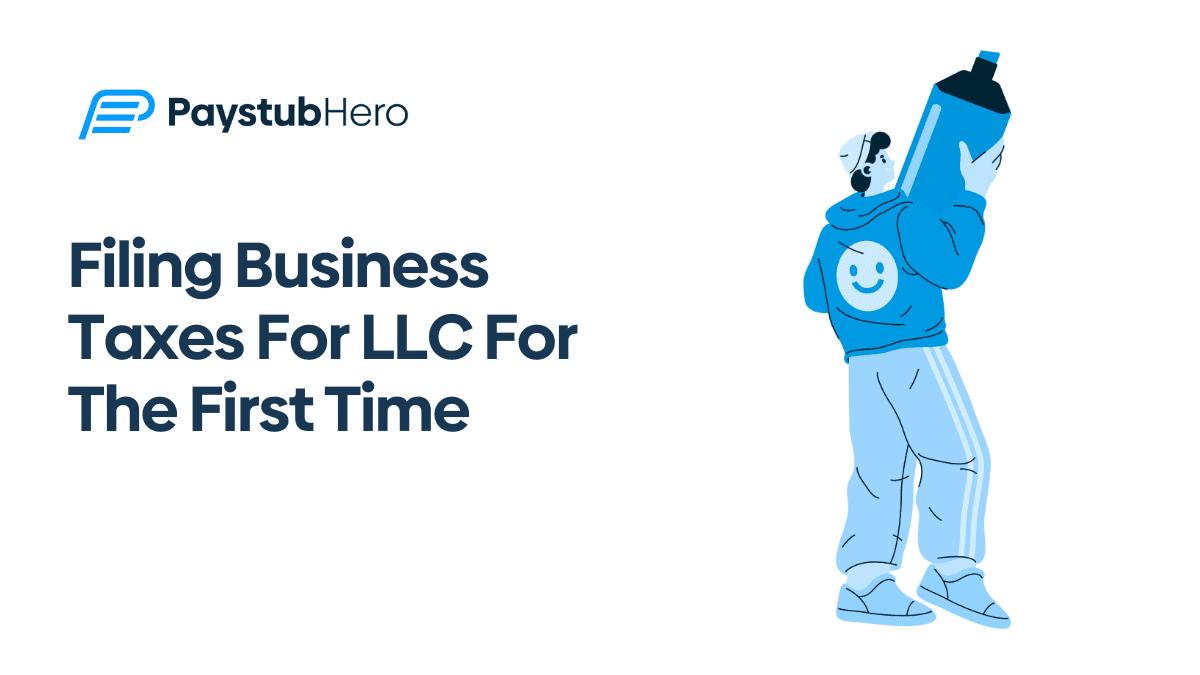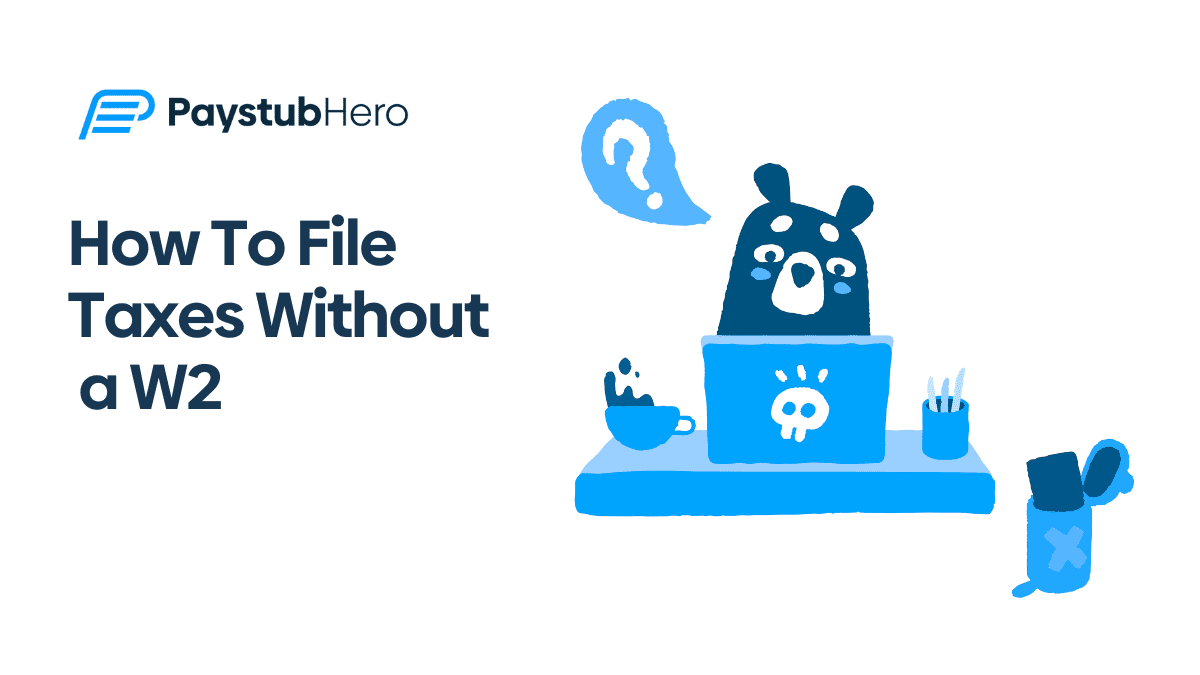As an independent contractor, two tax forms are especially important for you: Form W-9 and Form 1099 NEC. The W-9 is what you give your clients to share your tax details, while the 1099 NEC is how they report the income you’ve earned.
Let’s break down what these forms are and why they matter.
What is Form W-9?
Form W-9 is something you’ll probably come across a lot. It’s not complicated, but it’s super important for staying on the IRS’s good side.
Basically, this form lets you give your clients the tax info they need to report the money they’ve paid you.
Let’s see what it’s for, what it includes, and when you’ll need to fill one out.
Why Do You Need a W-9?
The purpose of the W-9 is pretty simple: it’s how your client gets the details to file taxes properly. When they pay you more than $600 in a year, they’re required to report it to the IRS using a Form 1099-NEC.
Without your W-9, they don’t have the info to do that.
It’s a way to make sure everyone—both you and your client—doesn’t get into any tax trouble. Plus, it keeps things organized.
If you think about it, the W-9 is like the starting point for all the tax reporting that happens later on.
What Info Does the W-9 Collect?
Here’s what you’ll fill in:
⦿ Your Name: Make sure to use the name you file your taxes under. No nicknames here.
⦿ Business Name (if applicable): If you work under a business name, write it down too.
⦿ Taxpayer Identification Number (TIN): This could either be your SSN if you’re filing as an individual, or your EIN if you’re filing as a business.
⦿ Tax Classification: Check the box that matches how you file taxes (e.g., sole proprietor, LLC, etc.).
⦿ Address: Your mailing address goes here so your client knows where to send the 1099 form.
That’s it. It’s not a long form, but these details are important for accurate reporting.
When Will You Need to Fill Out a W-9?
You’ll usually be asked to fill out a W-9 when you start working with a new client. Some clients will even hold off on paying you until they have it, so it’s a good idea to get it done early.
Why is it so important?
Well, as an independent contractor, no one’s taking taxes out of your payments. That’s your job. But for your client to report what they paid you, they need to file a 1099-NEC and they can’t do that without your W-9 info.
It’s also worth noting that once you’ve given a W-9 to a client, you usually don’t need to do it again unless something changes, like your address or tax ID.
What is Form 1099 NEC?
Now that we’ve covered the W-9, let’s move on to the 1099-NEC.
This form is what independent contractors rely on to keep track of their income for tax purposes. It’s how your clients officially report the money they’ve paid you throughout the year.
Why Does It Matter?
The 1099-NEC plays a big role in making sure your income is recorded properly.
As an independent contractor, you don’t get taxes taken out of your payments like employees do. That means you’re in charge of handling your taxes.
The IRS uses the 1099-NEC to see how much you earned, so not reporting this income could lead to trouble, like fines or audits.
This form keeps everything transparent.
Actually, it’s not just for the IRS, it also helps you track your earnings and ensures you’re on top of what you need to pay during tax season.
What’s on the Form?
Here’s what you’ll find on it:
⦿ Your Total Earnings: This is the amount a client paid you if it adds up to $600 or more during the year.
⦿ Client Information: The client’s name, address, and taxpayer ID will be listed.
⦿ Your Details: Your name, address, and taxpayer ID are also included.
It’s important to check these details when you get the form. Mistakes can happen, and even small errors could mess up your tax filings.
If anything looks off, get in touch with the client to fix it.
When Should You Expect It?
Clients are required to send you the 1099-NEC by January 31.
This gives you plenty of time to use it when preparing your taxes. If you don’t receive it by early February, it’s a good idea to contact the client to ask about it.
Keep in mind, even if a client doesn’t send you a 1099-NEC, you’re still responsible for reporting the income.
That’s why keeping your own payment records throughout the year is so important.
How Do You Use It?
When tax season comes around, the 1099-NEC is your go-to form for reporting earnings.
You’ll use it to calculate how much you owe in federal taxes, self-employment taxes, and, in some cases, state taxes.
If you worked with multiple clients, you’ll likely receive multiple forms, so make sure to add up all your income accurately.
Tax Deductions Independent Contractors Should Know
While the 1099-NEC helps you track and report your income, it’s also important to know how to reduce your taxes. One way to do that is by taking advantage of deductions.
Below are some key tax deductions every independent contractor should be aware of.
➡ Deductible Business Expenses
The IRS allows you to deduct expenses directly related to your work.
This can include:
⦿ Home Office:
If you work from home, you can deduct a portion of your rent or mortgage, utilities, and internet costs.
The space must be used exclusively for business.
⦿ Supplies and Equipment:
Items like laptops, tools, or office supplies that are necessary for your work can be written off.
⦿ Travel Costs:
Business-related travel, including airfare, lodging, and meals, may qualify as deductions.
⦿ Vehicle Expenses:
If you use your personal car for work, you can deduct mileage or actual vehicle expenses like gas and maintenance.
➡ Health Insurance Premiums
If you’re self-employed and pay for your own health insurance, you may be able to deduct premiums for yourself, your spouse, and your dependents.
This deduction applies even if you don’t itemize.
➡ Professional Services and Fees
Expenses like legal advice, accounting services, or business software subscriptions are also deductible.
For example, if you use tax preparation tools or hire someone to handle your taxes, those costs can reduce your taxable income.
➡ Retirement Contributions
Setting up a retirement account, like a SEP IRA or solo 401(k), not only helps secure your future but also offers significant tax advantages.
Contributions to these accounts are deductible, lowering your taxable income for the year.
➡ Education and Training
If you’ve taken courses, attended workshops, or pursued certifications to improve your skills, those costs are deductible as long as they’re relevant to your current work.
How to Get W-9 and 1099 Forms
Let’s go over how to get W-9 and 1099 forms and how PaystubHero simplifies the process for issuing 1099-NEC forms.
Getting a W-9 Form
For contractors, the W-9 form is a must.
This form helps you share key tax information like your name, address, and taxpayer identification number (TIN) with your client. It’s easy to download from the IRS website.
Once filled out, hand it over to your client.
They’ll need it to prepare and file the 1099 forms that report your income.
Sending a 1099-NEC Form with PaystubHero
If you’re a client or business, issuing 1099-NEC forms to contractors is simple with PaystubHero. This tool is designed to take the hassle out of creating tax forms.
Here’s how it works:
⦿ Input contractor details: Enter the contractor’s name, TIN, and payment details.
⦿ Add your business information: Fill in your company name, address, and EIN.
⦿ Generate the form instantly: PaystubHero automatically creates a fully completed 1099-NEC form, ready for download.
Once generated, you can print the form or send it digitally to the contractor, saving time and reducing errors. It’s a quick, reliable way to meet tax obligations and ensure contractors get the correct documentation for their records.
FAQs
Common questions asked about tax form for contractors are:
Yes, 1099 forms are available for download on the IRS website, and you can print the black-and-white versions yourself. However, to save time and avoid the hassle, you can use PaystubHero.
Just fill in the necessary details, and you can download or print the completed form right away. It's quick and easy.








